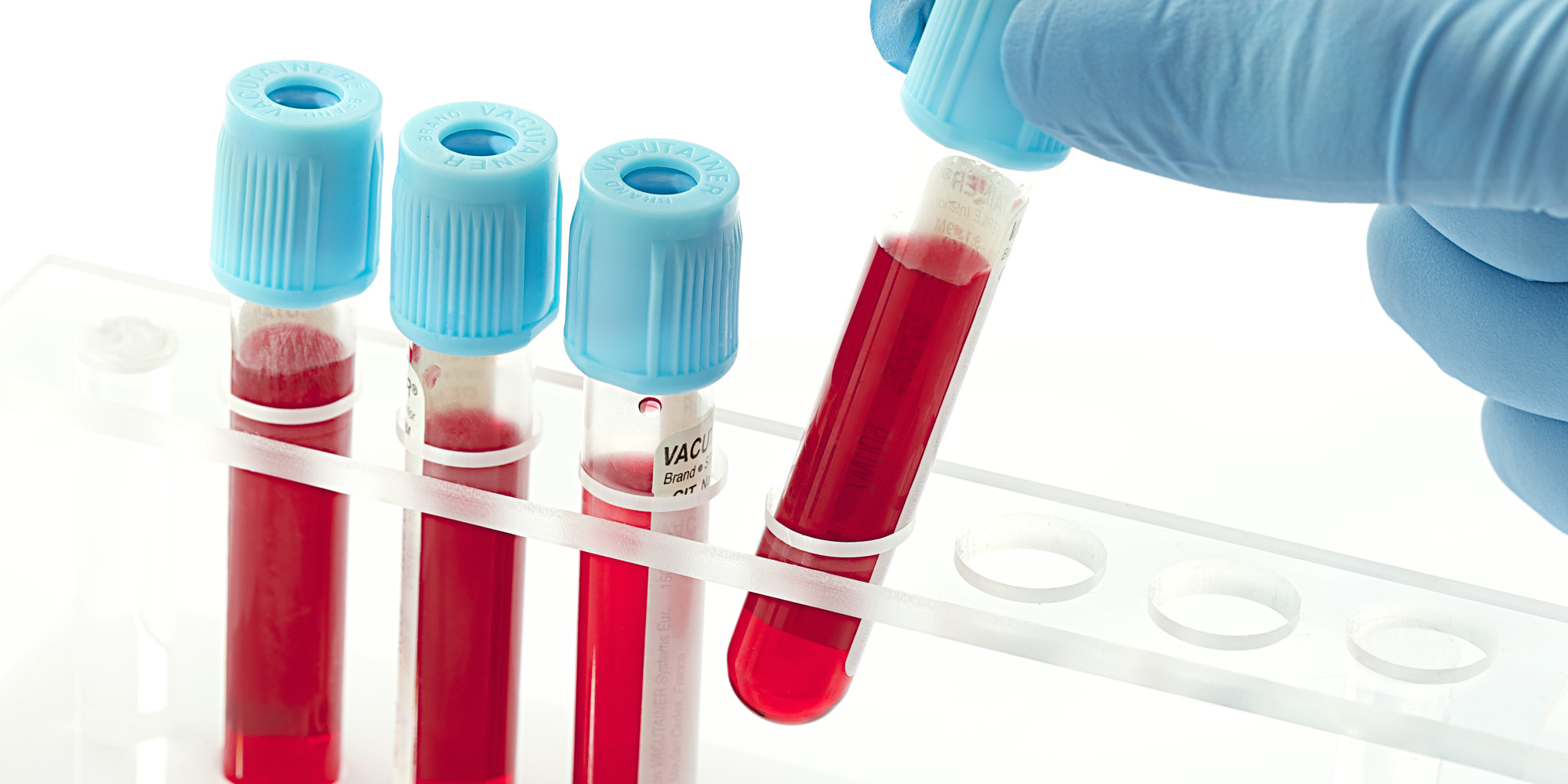 |
| www.epogen.com |
"RSN serves the kidney community by instilling health, happiness, and hope through education, advocacy, and awareness...one person at a time."
As a nurse, the Renal Support Network is what I would recommend for my patients who are suffering from CKD. It is a non-profit organization that works to benefit individuals who are affected by chronic kidney disease. The network puts on events, and provides many resources on their website and through podcasts that helps patients to stay updated and involved.
http://www.rsnhope.org/about-rsn/
 |
| www.slate.com |
"The National Kidney Foundation is the leading organization in the U.S. dedicated to the awareness, prevention and treatment of kidney disease for hundreds of thousands of healthcare professionals, millions of patients and their families, and tens of millions of Americans at risk."
The National Kidney Foundation is a large organization, who as a whole aims to brings awareness to kidney diseases, and to provide support for people who are suffering from kidney related illnesses. NKF Cares is a branch of the Kidney Foundation that deals directly with patients and patient families. They provide support and guidance to people, and are a resource for people with chronic kidney disease. They offer smaller peer groups, newsletters, and ways to help bring awareness to the issue,
https://www.kidney.org/nkfcares




